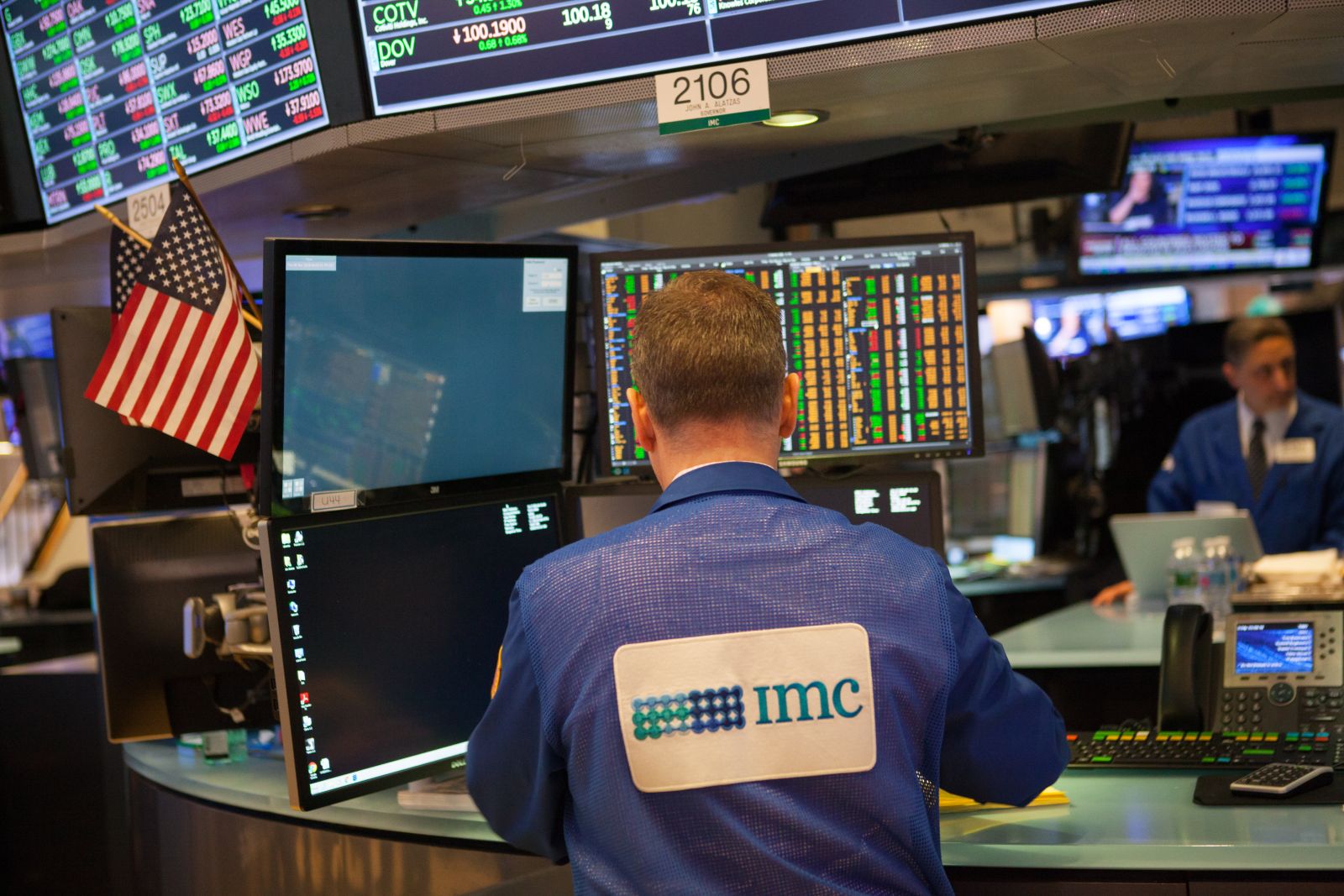Initial jobless claims in the U.S. rose by 6,000 to a seasonally adjusted 223,000 for the week ending Jan. 18, according to data released by the Labor Department on Thursday. Despite the slight increase, the labor market remains robust, bolstering expectations that the Federal Reserve will hold interest rates steady at its meeting next week. Analysts noted that while layoffs are historically low, hiring has slowed in some sectors, leaving fewer opportunities for displaced workers. Economists predict that wage growth outpacing inflation will continue to sustain the economy's expansion.
Unadjusted claims dropped sharply by 68,135 to 284,222, with notable decreases in states such as Michigan, Texas, and Ohio offsetting a rise in California, where wildfires have temporarily affected employment. The impact of severe winter storms in the South is expected to push claims higher in the coming weeks, though underlying labor market conditions are anticipated to remain stable. "The labor market is tight but resilient, and we don’t expect significant disruptions," said Jeffrey Roach, chief economist at LPL Financial.
Market Overview:
- Jobless claims rose 6,000 to a seasonally adjusted 223,000.
- Unadjusted claims dropped significantly in key manufacturing states.
- Labor market stability reduces expectations for additional Fed rate cuts.
- California wildfires contributed to a mild increase in claims.
- Winter storms could distort jobless data in the coming weeks.
- Fed expected to hold interest rates steady in January meeting.
- Upcoming data on continuing claims will provide further labor market insights.
- Nonfarm payrolls in January are expected to reflect ongoing economic resilience.
- Trump administration's policies on immigration and tariffs could impact hiring trends.
- The slight increase in initial jobless claims to 223,000 still reflects a robust labor market, supporting expectations that the Federal Reserve will hold interest rates steady at its upcoming meeting.
- Unadjusted claims dropped significantly in key manufacturing states such as Michigan, Texas, and Ohio, indicating regional strength and resilience in critical industries.
- Wage growth outpacing inflation continues to bolster consumer spending, sustaining economic expansion and offsetting potential risks from slower hiring in certain sectors.
- December’s strong nonfarm payrolls report, with a gain of 256,000 jobs, underscores the labor market’s ability to drive broader economic growth despite seasonal distortions.
- The labor market’s stability reduces the likelihood of additional rate cuts, providing a foundation for long-term economic planning and financial market confidence.
- The rise in continuing jobless claims to 1.899 million, the highest level since November 2021, suggests displaced workers are facing challenges in securing new positions, indicating potential softening in the labor market.
- Seasonal factors such as winter storms in the South and wildfires in California could distort jobless data in the coming weeks, complicating assessments of underlying labor market conditions.
- Slower hiring activity in some sectors may limit job opportunities for displaced workers, potentially dampening consumer confidence and spending over time.
- Foreign currency fluctuations and global economic uncertainties could exacerbate risks to the U.S. economy, particularly if tighter immigration policies impact labor availability in key industries.
- While wage growth supports consumer spending, inflationary pressures remain a concern, with economists highlighting risks tied to Trump administration policies on tariffs and immigration.
This article contains syndicated content. We have not reviewed, approved, or endorsed the content, and may receive compensation for placement of the content on this site. For more information please view the Barchart Disclosure Policy here.




/Quantum%20Computing/A%20concept%20image%20of%20a%20neon%20pink%20circuit%20board_%20Image%20by%20Gorodenkoff%20via%20Shutterstock_.jpg)

/AI%20(artificial%20intelligence)/Artificial%20Intelligence%20AI%20by%2013_Phunkod%20via%20Shutterstock.jpg)
